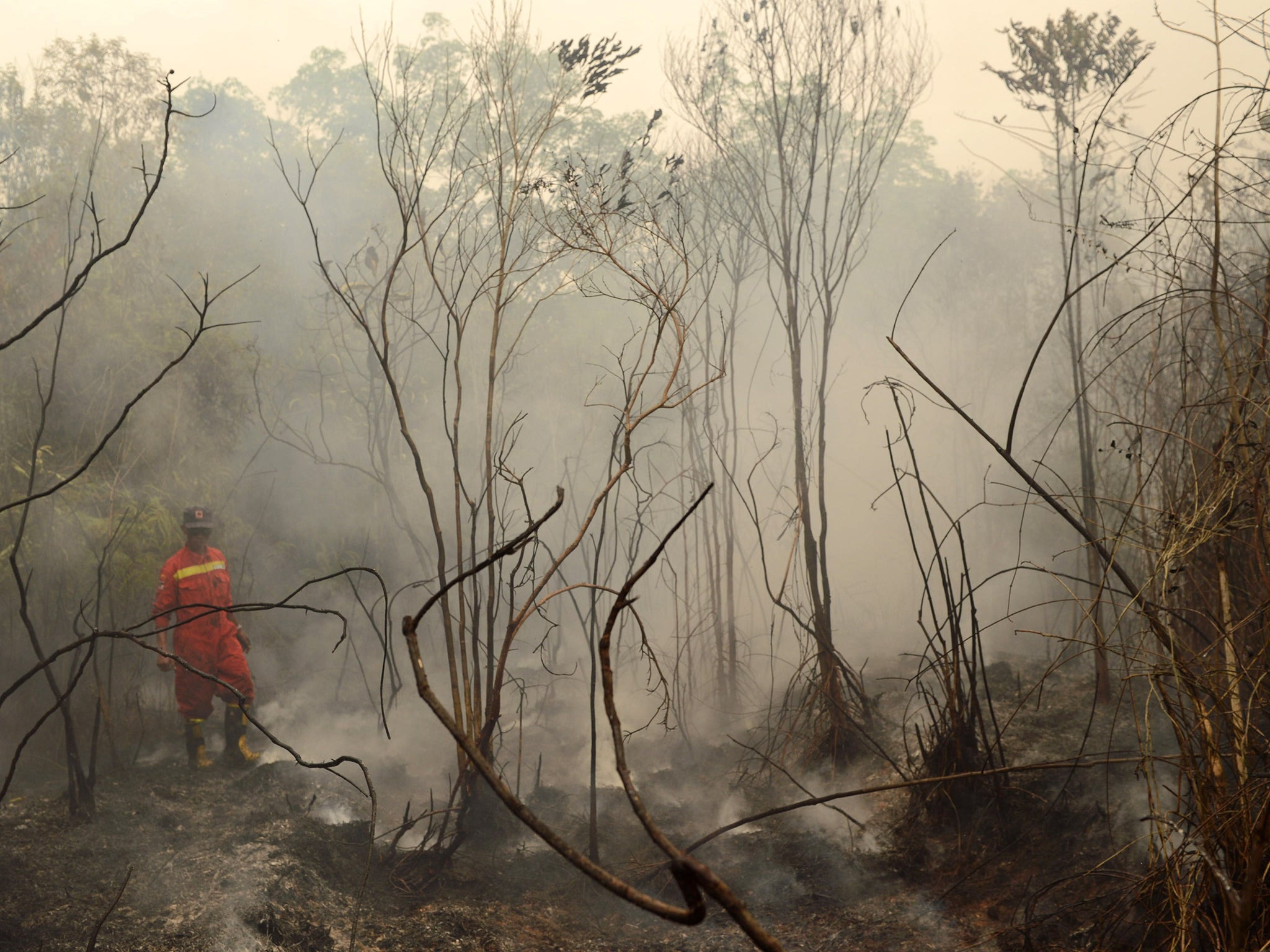El Niño: Phenomenon expected to become 'one of the strongest on record'
UN weather agency says 'strong and mature' El Niño will reach same league as those in 1972-73, 1982-83 and 1997-98

Your support helps us to tell the story
From reproductive rights to climate change to Big Tech, The Independent is on the ground when the story is developing. Whether it's investigating the financials of Elon Musk's pro-Trump PAC or producing our latest documentary, 'The A Word', which shines a light on the American women fighting for reproductive rights, we know how important it is to parse out the facts from the messaging.
At such a critical moment in US history, we need reporters on the ground. Your donation allows us to keep sending journalists to speak to both sides of the story.
The Independent is trusted by Americans across the entire political spectrum. And unlike many other quality news outlets, we choose not to lock Americans out of our reporting and analysis with paywalls. We believe quality journalism should be available to everyone, paid for by those who can afford it.
Your support makes all the difference.The El Niño weather pattern, a phenomenon associated with extreme droughts, storms and floods, is expected to strengthen before the end of the year and become one of the strongest on record, the U.N. weather agency said on Monday.
The World Meteorological Organization (WMO) said this El Niño was already "strong and mature" and the biggest in more than 15 years.
The phenomenon is driven by warm surface water in the eastern Pacific Ocean, and this time three-month averages will peak at more than 2 degrees Celsius above normal, putting this El Niño in the same league as those seen in 1972-73, 1982-83 and 1997-98, the WMO said.
"Right now we say we think it's really going to be one of the three strongest ones, it may be one of the two, that we don't know yet. But definitely it's already a very strong one," WMO Secretary-General Michel Jarraud told a news conference.
He said the world was better prepared for this El Niño than before, and the worst-affected countries were planning for the impact on agriculture, fisheries, water and health, and implementing disaster management campaigns to save lives and minimise economic damage.
"However, this event is playing out in uncharted territory. Our planet has altered dramatically because of climate change, the general trend towards a warmer global ocean, the loss of Arctic sea ice and of over a million sq km of summer snow cover in the northern hemisphere," Jarraud said.
"So this naturally occurring El Niño event and human-induced climate change may interact and modify each other in ways which we have never before experienced. Even before the onset of El Niño, global average surface temperatures had reached new records. El Niño is turning up the heat even further."
Heatwaves would be hotter and more frequent and more places would be at risk of flooding, Jarraud said, while the most severe storms -- equivalent to category 4 and 5 hurricanes -- would occur more often.
In addition, rising sea levels mean tsunamis and storm surges will have greater reach and inflict more damage when they hit land, Jarraud said.
El Niño conditions normally reach maximum strength between October and January, then persist through much of the first quarter.
"We anticipate that the El Niño will peak over the next few months and will progressively -- when we go towards May, June, July, when we go to the second quarter of next year -- will go more towards neutral conditions," Jarraud said.
Reuters
Join our commenting forum
Join thought-provoking conversations, follow other Independent readers and see their replies
Comments